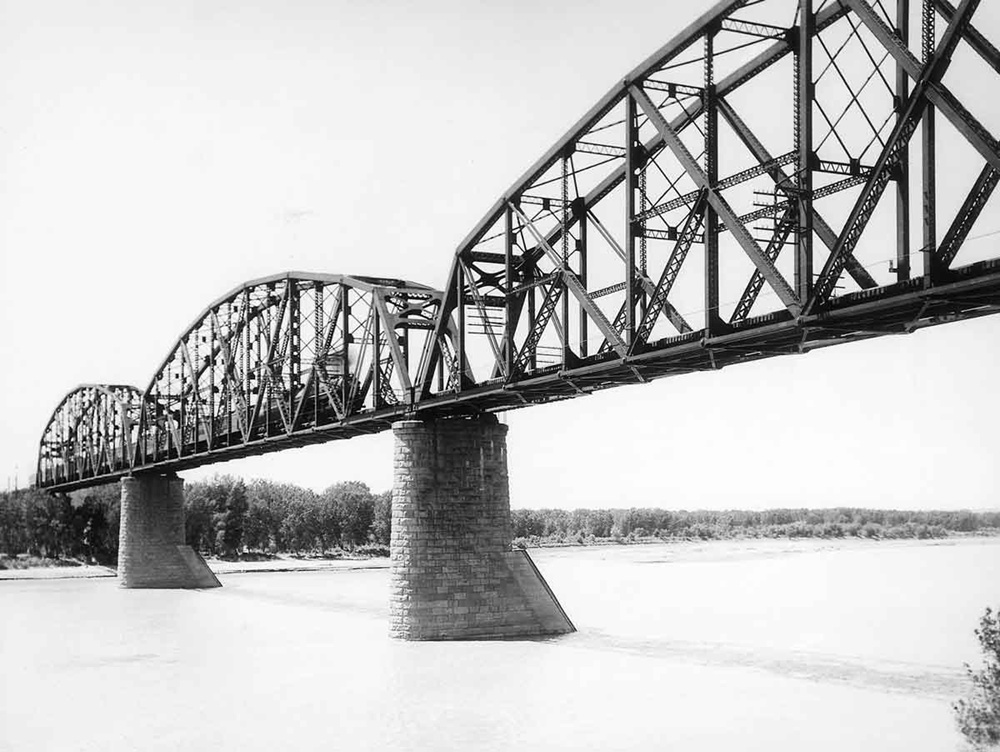
BISMARCK, N.D. — The preservation group seeking to prevent BNSF Railway from replacing its more than century-old bridge over the Missouri River is asking two North Dakota agencies to hold a hearing on permits needed to build a new bridge.
The Friends of the Rail Bridge, which wants the current Bismarck-Mandan Rail Bridge — parts of which date to 1882 — preserved as a walking and biking trail, is asking the state departments of Environmental Quality and Water Resources to conduct an administrative hearing, the Bismarck Tribune reports.
The move comes after the U.S. Coast Guard concluded in an environmental review that the best course of action is to build a new bridge about 20 feet upstream from the current structure and to remove the current bridge [see “BNSF near permission to replace …,” Trains News Wire, Nov. 3, 2022]. The project still needs a “record of decision” finalizing that position, as well as a federal construction permit and a permit from the U.S. Army Corps of Engineers related to work within the river. Those could come as soon as this month, the Tribune reports.
But the preservation group claims the decision by the Coast Guard — which is involved because the bridge spans a navigable waterway — didn’t seriously consider the preservation alternative. It also continues to contend the state owns the bridge, a position the state has twice declined to rule on [see “State again declines to address Bismarck rail bridge ownership,” News Wire, May 10, 2022]. The railroad has called that argument “absurd” while the Coast Guard said BNSF has “clear title” to the bridge.
A 2019 study estimated the cost of preserving the structure as a foot bridge at just under $7 milliion.
BNSF, which has pending permits for the bridge project dating to 2017, called the latest effort by the preservation group “disappointing” in a statement to the Tribune, saying delays in the project have “real consequences to all the North Dakota industries that rely on safe and efficient transportation.” The bridge has long had a 25-mph speed restriction because of its age and reliance on piers that are non-reinforced stone masonry.






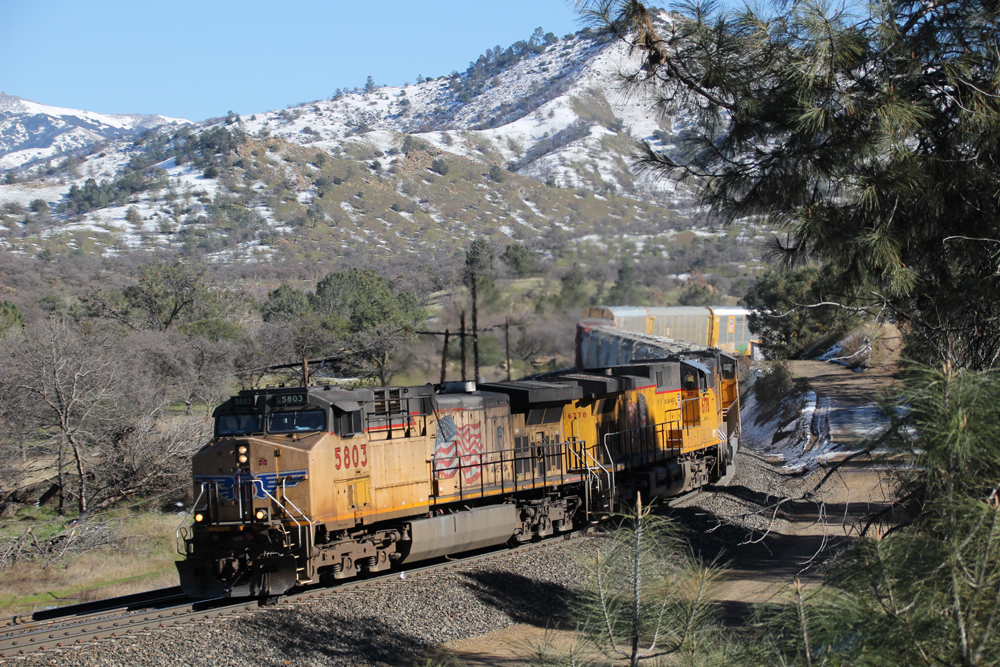
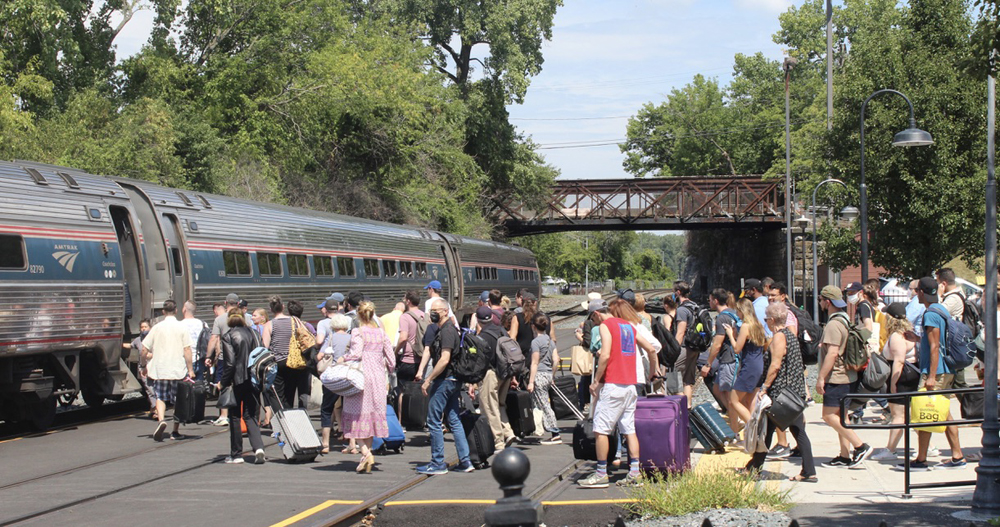
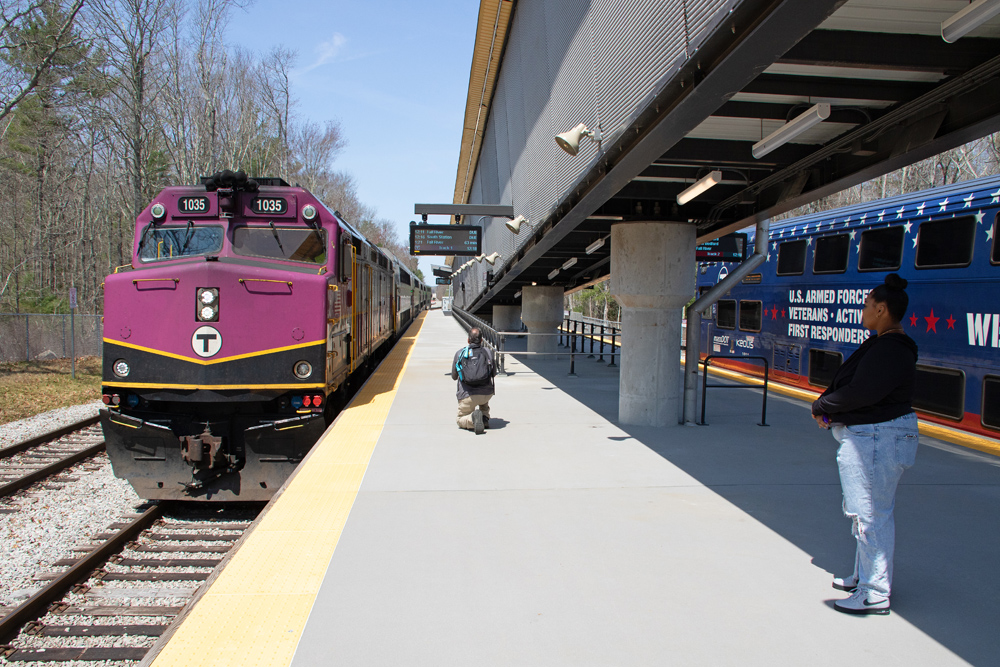
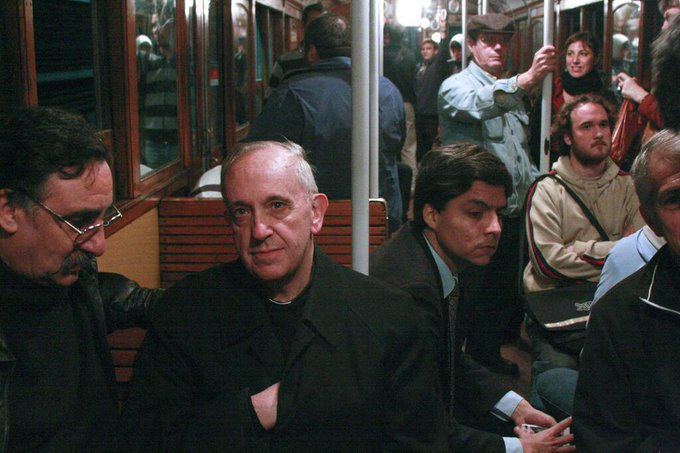




The core basis of FORB’s argument is as follows:
– The Equal Footing Clause, as the lawyer stated, if a house is on your land, the house is yours, this lawyer says the land under the river became state owned under this post Civil War clause. So the bridge is hosted on state land. Therefore they technically own it. BNSF says under the Federal Railroad Act, they were given clear title to the lands on which the railroad was built, including bridges and the land they stand on. Proof is the patents the Northern Pacific had to file with the USG before they could build anything in the 1880’s.
– The lawyer complains that BNSF used legal segmentation to go through the permitting process. This means they went to the Feds for things that applied to them, the state for things that applied to them and didn’t consolidate those process for permits into a single permitting activity. Since the new bridge will allow BNSF to allow dual tracks now through both towns, the lawyer claims no permitting has been done for new signals or train behaviors through the city limits of Mandan and Bismarck. The legal argument here is that BNSF cannot get any Federal permits until all local and state permits have been review and approved. This will be a tough argument to uphold and I use the recent legal actions taken against Brightline as an example. Once Brightline had their FRA and EIS approved, the local legal claims began to fall down fairly quickly. I understand why FORB isn’t happy about it, but since railroads are federally regulated, they always get their federal approvals *first* then deal with the state and local governments.
– The lawyer also states that the bridge is historic because the land around it is historic. This is a bit troublesome because the bridge didn’t exist when the Sioux and Mandan indians lived there. Nor was it there during the time when Lewis & Clark came through and back from the far west. Now, wanting to keep the bridge because it contributed to local history is a different matter. Typically if private property is not donated and the public wants to keep it, they use tax dollars to purchase it. But FORB is saying they get first dibs on it.
– Environment issues raised were about scour and the ice jams that occur in winter time. With several rail pylons so close together (new and old) it will change the flow and ice dynamics and it was claimed that ice scour was significant in the flood of 2011. BNSF was noted as updating their EIS with a proposed removal of the old pylons to 2 feet below the known sediment levels. (The pylons go 38 feet below). The lawyer claims this was not in the included proposals and wasn’t added until FORB raised it. FORB claims this is proof that allowing BNSF to segment the permitting process is causing harm and needs to be addressed holistically.
So really this lawyer is saying the Equal Footing Clause overrides the patents NP filed with the USG in 1882.
“Under the equal footing doctrine, a State, upon entering the Union, gains title to the beds of waters then navigable or tidally influenced, subject only to federal powers under the Constitution”
And here is where I would surmise FORB will lose. Federal powers to regulate commerce and territories has been clearly found to be constitutional. Those land patents were constitutional under this Equal Footing Clause because they were extended to NP by a constitutional authority (Congress).
Just my persepctive.
Your comments are missing the following:
1) Regarding navigable waterways, there are no “land patents” to be spoken of. There is no registered title or certificate in this instance. Instead, there is black-and-white language in the North Dakota State Constitution affirming State ownership of the riverbed and the bridge. Yes the 1864 Land Grant gave Northern Pacific about 50 million acres of American soil to sell to raise money to build the road, however the right-of-way itself is only an easement granted in that act. Even if the portions of the ROW on terra firma are or could be deeded, navigable waterways are protected and regulated under separate provisions and a higher standard must be met in order to wrest ownership away from the public. No such specific language quitting the State’s ownership of the property exists. The North Dakota Attorney General affirms this in his remarks regarding a related issue upstream from Bismarck-Mandan:
https://www.inforum.com/news/north-dakota/with-more-than-100m-in-oil-money-at-stake-north-dakota-seeks-to-join-lawsuit-to-decide-who-owns-riverbed
ND Atty General Drew Wrigley has also spoken as regards the riverbed specifically at Bismarck-Mandan:
https://omny.fm/shows/news-views-with-joel-heitkamp/drew-wrigley-answers-questions-on-the-bismarck-rai
2) FORB could not buy the bridge because ND state law specifically forbids its sale
3) The bridge’s historicity is not debated by any side. Its builder is of national engineering significance and its role in American history is crucial in explaining the role of significant figures which you did not mention: Sitting Bull and Colonel Custer. The bridge’s role in the establishment of Fort Abraham Lincoln and the military’s prolonged estation there are explained by the importance and challenge of the Missouri River crossing and construction of the bridge. This is before considering that the 1864 Land Grant itself includes language for the removal and extinction of Native American rights.
The extensive discussion of these issues, with citations, is included in the following memo:
https://www.friendsoftherailbridge.org/s/Final-Memorandum-to-USCG-April-4-2022-Revised-4-5-22.pdf
There are a few points that distinguish this case from what you are describing:
1) There are no land “titles” or “deeds” or “patents” to the riverbed of the Missouri River. The pieces of paper or records or whatever you’d like to see, DO NOT EXIST. The riverbed was held in trust in its entirety prior to North Dakota Statehood, and transferred in total in 1889 upon North Dakota becoming a state. The black-and-white language in the legislation is that the riverbed and anything fixed in it are the property of the state. This is consistent with precedent affirming that only express and specific legislative language otherwise could contramand that. The 1864 Land Grant only confers a right-of-way, not ownership, of the territory of the road.
Yes, titles were issued for the 50 million acres of American soil which were given to Northern Pacific Railroad in the 1864 land grant, but those are distinct from the right-of-way, and titled distinctly. Precedent law establishes that the State’s ownership of the riverbed could only be extinguished by specific language doing som and no such language exists.
The North Dakota State Attorney general has said as much in public statements: “The State has never relinquished its claim to the historical riverbed, which it acquired at statehood in 1889 under the equal footing doctrine, which provides that a state entering the Union retains title to the beds of navigable rivers and lakes within the state, unless Congress has expressly designated otherwise,” the office of Attorney General Drew Wrigley said in a statement.
2) FORB could not buy the rail bridge because it belongs to the state of North Dakota and there is specific language in the state constitution forbidding the sale of navigable waterways to private entities
3) The historicity of the rail bridge is not in question by any side of the effort to get a new bridge built at Bismarck-Mandan. That is recognized by the USCG and the North Dakota SHPO. You have omitted George Morrison himself, the bridge’s builder, who is among the most significant American civil engineers of the 19th century, and you have omitted the role of Colonel Custer and Fort Abraham Lincoln, and the bridge/river crossing as the reason that the Cavalry was stationed here long enough for Custer to go to the Little Bighorn, you have omitted the specific language in the 1864 Land Grant calling for the extinction of Native American territorial rights, and the role of the river crossing holding up the railroad’s progress long enough to allow for Bismarck to grow large enough to justify eventual designation as the state capital, all of which confer monumental importance to the bridge.
That is why legal items taken to court are called “arguments”. Every party gets a chance to argue their perspective.
By your own argument on the land grants being a right of way, then the bridge is the same. Simply a privately held right of way over a state held river bottom. A private toll bridge over a river is still privately owned. The holder of the land underneath the riverbed don’t own the bridge, the private entity simply holds a right of way.
Which in turn dispels the basis of the state owning the bridge. They don’t. BNSF does. The state does not hold the title the bridge outright. BNSF would only hold a right to have a way over the water.
As for the historical nature of the bridge, I never said it didn’t have *any*. I will dispensing the contention that the bridge’s historical basis was strictly aligned to events that took place before the bridge even existed.
And finally, just to show that you don’t have your facts in order George Morison was the Chief Engineer for the “first” bridge that was built in 1882. But the bridge you are currently defending was actually built in 1905 and the Chief Engineer was Ralph Modjeski of Modjeski & Masters.
The original bridge was a Whipple Truss that was lost and was later replaced with its current Warren Truss. The only “original” item from 1882 is the stone and mortar pylons.
The reason the bridge doesn’t constitute a
“right-of-way” is that the riverbed property transferred to North Dakota was defined as including the bridge at the time of North Dakota statehood.
At this point regarding my understanding of the history of the bridge, we are in the weeds a little on this, you don’t seem to be local to the Bismarck-Mandan area. The original stone pillars of the bridge are worth saving, and the steel superstructure above it. All are being considered as “the bridge” in this process. The stone pillars are what we have navigated our boats past for the last 140 years, and which the steamboats used to tie anchor. The stone pillars and their construction using caisson methods is a large part of what made the bridge a Marvel of Engineering at the time of construction. While similar trusses had been used previously, such stone pillars had not been proven on the northern plains and against the fierce ice of the Missouri River. The entire original wooden western truss of the original bridge is also still present under the earthen berm of the western approach to the bridge.
Friends of the Rail Bridge is also asking that, as the bridge is situated on North Dakota State property, the North Dakota State Historical Board give approval prior to its destruction, which is also mandated in state law.
Is there any precedent in any state wherein a bridge that touches a riverbed, built/maintained with private funds and carries interstate commerce is deemed public property for any reason beyond nonpayment of taxes?
Is the bridge worth saving, of course it is. The legal position for claiming it appears to be weaker than an old bridge pylon (pun intended). Hey, if you want to take it to the SCOTUS, go for it. It’s your right. Good Luck.
What are the three areas of regulation under the Commerce Clause today?
This power is viewed as consisting of 3 categories of regulatory authority: (1) the power to regulate the channels of interstate commerce, (2) the power to regulate the instrumentalities of interstate commerce, and (3) the power to regulate local activities that have a substantial economic effect on interstate commerce …
If anyone is curious to consider FORB’s claim based on the facts and merits, rather than the extensive speculation and hubris in these comments, this is the link to the FORB press conference of 12/8/2022:
https://friendsoftherailbridge.us21.list-manage.com/track/click?u=c7b238976308ea531a20d9774&id=6fdd2f2caa&e=97d7bb4241
Just watched the press conference. Was that first guy drunk? He couldn’t pronounce his words correctly, basically babbling BS. Removing piers 2′ below the riverbed isn’t enough? Enjoy the link between the cities? They can’t now. Do you have scientific proof of your claims? Remember …follow the science. No one cared for this bridge before BNSF wanted to replace it. Did they contribute to the maintenance and upkeep of this bridge since 1882? Would they rebuild it for BNSF it collapsed? Put your money where your mouth is. Tell BNSF you will pay ALL costs to build a new bridge and keep the old one
The discussion about river bottom scour as related to piers remaining in the river is a matter of public record and was actually introduced by BNSF in the Section 106 process. This is available for review in the transcripts of the meetings as published by the USCG here:
https://www.dco.uscg.mil/Our-Organization/Assistant-Commandant-for-Prevention-Policy-CG-5P/Marine-Transportation-Systems-CG-5PW/Office-of-Bridge-Programs/PROJECTS/
No hubris in any of these remarks. Just a difference of opinion.
FORB does not have any case law supporting their assertions. It is certainly within their rights to make civil claims based on novel (new) arguments, that is as they say “the American way”. If they are prepared, they can certainly take their claims all the way to the US Supreme Court if they so wish. It is their right.
If FORB really wants the bridge, they should purchase it themselves and get the clear title. Or they can contribute funds to BNSF to include a pedway on the new bridge which will meet all of the connectivity needs FORB has stated is needed.
I feel for your desires, I am a self-confessed bridge nut. I love those old cantilever designs, but I am also pragmatic. These bridges need to be cared for, especially those cut stone and mortar pylons.
If I was the DOT for the State of North Dakota, I would demand as part of any approval to transfer the title of bridge to FORB, a cash safety bond, proof of insurance and deposit on a maintenance agreement with a known bridge maintainer. Why?
Because if FORB got the bridge but couldn’t maintain the fundraising for it and it was forced to close and the insurance is dropped, then NDDOT would be responsible to dismantling it, not BNSF. They would use that safety bond to offset the expense of removing it.
Hubris: excessive pride or self-confidence; arrogance. Examples: Declaring a structure is public property just because it touches a riverbed; Declaring a privately built structure is on par with a Civil War battlefield or Presidential home; Declaring state law supersedes Federal laws pertaining to interstate commerce.
I would love to see bridge saved in one form or another but having logged thousands of volunteer hours for preservation I know that you cannot save them all.
How about a counter suit by BNSF seeking damages for the estimated increase in construction cost due to the delays caused by this group? They are the only ones saying BNSF doesn’t own the bridge.
Multibillion dollar corporation suing a group of nonprofit Karens for obstructing interstate commerce. I like it but it won’t play well in the press.
I am all for historic preservation and have the resume/ volunteer hours to prove such. That said, interstate commerce must take precedence over preservation. This group is asking for a plurality of their neighbors to result in sufficient support ($$$$$) to save a bridge. After many years their neighbors have spoken: no money to buy and preserve someone else’s private property. It’s time to let go.
Perhaps BNSF should simply build a pedway below track level on their new bridge. There are others out there.
Seems to solve several issues at the same time and disarms the question about a river crossing.
If I were BNSF I wouldn’t want a 100+ year old bridge 20 feet away from my new one, especially if the span keels over due to scour at the footings. Instead of expecting a donation, offer to buy the bridge at a market rate and see if BNSF bites.
I reread this article…it sounds as though the “United States Coast Guard” lays claim to ownership. So, if this is true, BNSF can’t sell it….
Strike my response above…Now I get it…the coast guard says BNSF has the clear title…my mistake.
If it would cost to $7 Million to preserve (high price I think) and the cost to demolish (which I have not heard) is relatively the same then BNSF might just want to wipe their hands of this and give them the bridge. BNSF could just say it’s going to cost $X amount and the preservationists have to pony up the cost immediately and BNSF saves cost of demolishing. The march of time continues and the preservationists may just want to find another project.
BNSF should replace the bridge using the permits granted for construction of the original.
These ‘preservationists’ are nothing more than a front group for the environmentalists trying to shut BNSF’s coal traffic.
I have always said there is nothing as reactionary and backwards and unthinking as “historic preservation”. Some fools say a house is “historic” (or even worse, a “station” on the “Underground Railroad”, altough there’s no proof that the house is anywhere near that old). With these claims, any further development or road or rail project has to bend around the house or for that matter even the acreage the house sits on.
Am I exaggerating? Come here to Waukesha County, Wisconsin. I will show you three examples. Closest to me, a substandard highway intersection because the highway department couldn’t acquire a fraction of an acre of trees on the property of a supposed “historic house”. Even though the house is so far off the road I’ve never seen it.